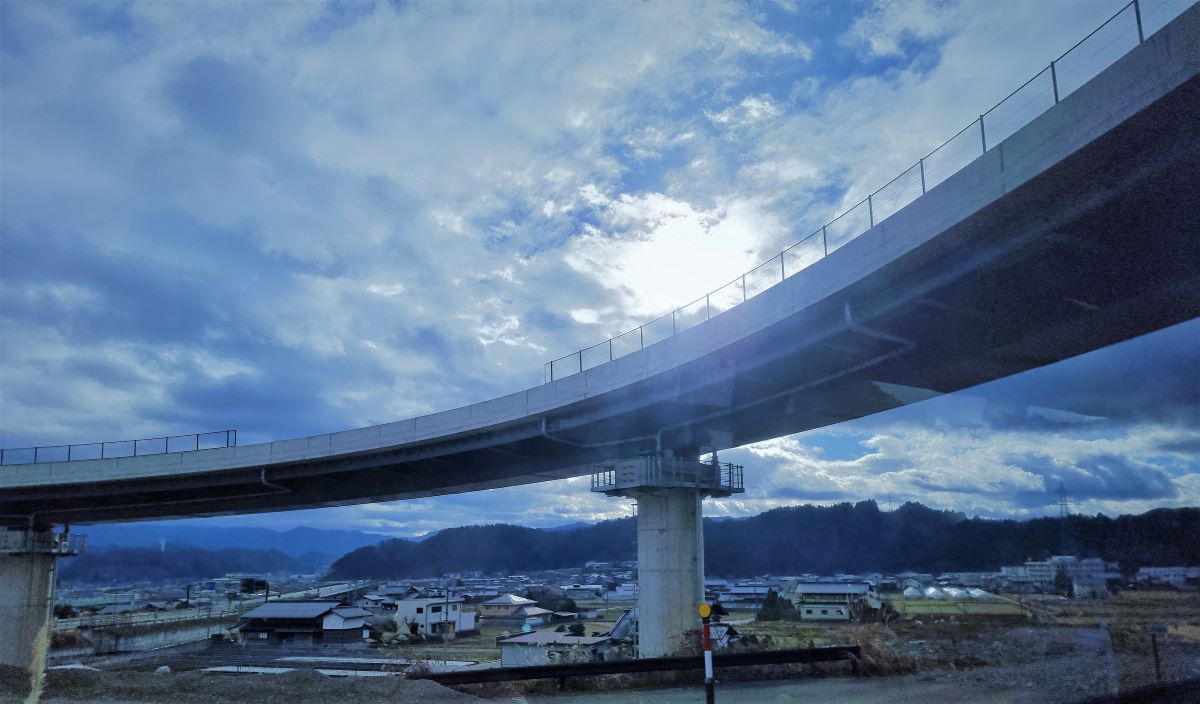Executive Summary: Guidelines for Asset Recycling
Governments around the world are increasingly looking at improving the quality of infrastructure and delivering improved services to the community. Infrastructure investment is crucial to the on-going economic prosperity and development of any country. For most countries, to meet the substantial infrastructure investment capital needed to fund an infrastructure program, there is a need to unlock multiple sources of funding to ensure that current developmental momentum can be sustained.
This is in line with the commitment of Governments under the Paris Agreement's ambitious target to protect and sustain ecosystems addressing climate change adaptation and mitigation as well as achieving the Sustainable Development Goals (SDGs), by fostering sustainable infrastructure solutions that deliver low-carbon development pathways.
Infrastructure is pivotal to sustainable development with positive impacts on the economy, environment and society if implemented correctly. Each piece of infrastructure asset should not be viewed on a standalone basis (such as a power plant, an airport, a road, or a water facility), but as part of an ecosystem comprising of a portfolio of assets that collectively support the SDGs.
Given the fiscal constraints and higher upfront costs associated for developing low-carbon infrastructure and transitioning away from carbon-intensive infrastructure, public budget alone will be insufficient to fully fund the infrastructure needs. The COVID-19 pandemic has seen severe pressure on public budgets as governments have re-directed the resources to address the fall out of the pandemic.
Given so, governments must find alternative sources of funding for infrastructure investments; a well-implemented asset recycling program presents as an option to monetize invested capital to meet the infrastructure development needs.
Models of Asset Recycling
There is no definitive model for asset recycling of public infrastructure assets. In general, it involves private investment in existing SOE assets. It may involve, for example, government funding new assets or redeveloping existing assets or repaying existing debt by using the proceeds realised from the grant of concessions, a sale or lease or structured financing of existing infrastructure assets.
For example, in an asset recycling transaction using a concession model, the private sector counterparty pays to government an up-front payment to secure the operating rights of the infrastructure asset. Over the term of the concession, the ownership of the asset generally remains vested in the government. The private sector party bears the responsibilities for the maintenance and operations of the asset in exchange for the revenues generated from users of the asset.
Assets that are most viable for recycling are brownfield assets that have an established stream of revenue, such as toll roads, airports, and utilities assets and which design, development and construction risks have been substantially removed. The upfront payment realised under an asset recycling transaction is applied to fund new infrastructure projects or redeveloping existing assets or repaying existing debt.
The range of models that have been observed in asset recycling transactions include the following:
Asset recycling offers the opportunity to fund needed infrastructure without the government taking on additional public sector debt. Further, it allows private sector participation in the operation of the assets that can lead to operational efficiencies and improve existing infrastructure service delivery.
This set of Asset Recycling Guidelines have been developed to support governments in selecting, preparing, and delivering asset recycling transactions, with a focus on long-term concession and lease models only. The Guidelines have been drafted to provide a systematic and consistent approach to facilitate asset recycling transactions under these models.
The Guidelines have not been prepared with any specific transaction in mind and are meant to serve only as general guidance. It is therefore critical that the Guidelines be reviewed and adapted for specific transactions.
Box 1: Case Study on Asset Recycling Initiative
Asset Recycling Initiative (ARI), Australia
Australia has explored and implemented asset recycling concept with Asset Recycling Initiative (ARI). The initiative provides an incentive to the states to engage in asset recycling to boost infrastructure development.
Participating states and territories agreed with the Federal Government as to which assets would be monetized, and the infrastructure assets to be developed from the proceeds.
Following a successful asset recycling transaction undertaken by a state, and on the utilization of the proceeds to invest in new infrastructure, the participating state (or territory) receives an additional 15 percent of the monetized proceeds from the Federal Government.
The Federal Government’s financial contribution is managed through the Asset Recycling Fund (ARF), which is used to make payments to states.
National Monetization Pipeline (NMP), India
The Government of India launched the asset monetisation pipeline, 'National Monetisation Pipeline (NMP Volumes 1 and 2)', in consultation with infrastructure line ministries, based on the mandate for 'Asset Monetisation' under Union Budget 2021-22.
Asset monetisation, based on the philosophy of “Creation through Monetisation”, is aimed at tapping private sector investment in new infrastructure. In India, the framework of core asset monetisation has three key imperatives:
-
Monetization of 'rights' not 'ownership'; assets are handed back to the government at the end of concession.
-
Brownfield de-risked assets, with stable revenue streams, are the primary candidates of monetization.
-
Structured partnerships, under defined contractual frameworks with strict KPIs and performance standards, are encouraged to increase operational efficiencies of infrastructure assets to be monetized.
Limited Concession Scheme, Indonesia
In February 2020, the Government of Indonesia introduced a new legal framework of the Limited Concession Scheme (LCS) to monetize infrastructure assets owned by the Government and State-owned Enterprises (SOE).
Under this scheme, the relevant authority is to grant a long term concession to a private sector party to operate the asset and in return, Government receives an upfront payment that is to be applied to developing new infrastructure assets.
The LCS is not equivalent to privatization as the ownership of the asset remains with the Government, and the private sector party is conferred with the right to operate the asset for the concession term.
Related Sections



